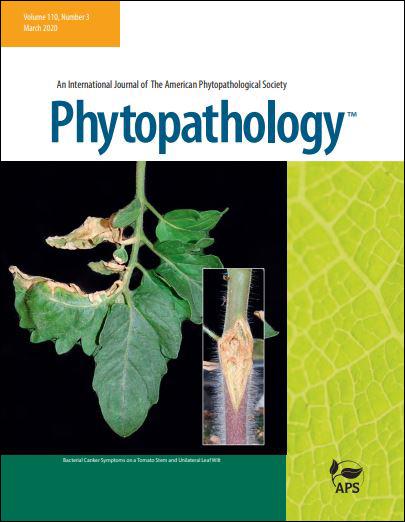
Credit: Shree Thapa
Bacterial canker of tomato is a disease that can lead to significant losses in greenhouse and field production systems. This disease is caused by the bacterial pathogen Clavibacter michiganensis. The best way to control bacterial canker is by securing clean tomato seed and enforcing good sanitation practices.
A group of plant pathologists, primarily based at the University of California, Davis, became interested in studying Clavibacter when extension agents brought in diseased samples. In particular, they wanted to develop a diagnostic platform that could specifically detect the tomato pathogen, as some strains of Clavibacter do not cause disease.
Taking advantage of the huge advances in DNA sequencing over the last 10 years, these plant pathologists were able to identify genetic regions that can specifically detect the pathogen causing bacterial canker of tomato without giving false positives with nonpathogenic bacteria. They analyzed the genomes of 37 different Clavibacter strains in order to identify genetic regions only present in Clavibacter michiganensis. Using this information, they were able to develop a diagnostic platform.
“This diagnostic platform was based on amplification of three targets: two specific for Clavibacter michiganensis and one positive control,” explained plant pathologist Gitta Coaker. “This platform is available for use without restriction and should facilitate the distribution of clean tomato seed to growers.”
In an article in Phytopathology, Coaker and her team published large genomic datasets enabling other organizations to develop Clavibacter michiganensis-specific detection assay. The adoption of this assay in the field will help tomato growers reduce the spread of bacterial canker of tomato through easier screening of infected plant and seed materials.
###
Learn more about this research in “Comparative Genomics to Develop a Specific Multiplex PCR Assay for Detection of Clavibacter michiganensis.”
Media Contact
Ashley Bergman Carlin
[email protected]
Related Journal Article
http://dx.




